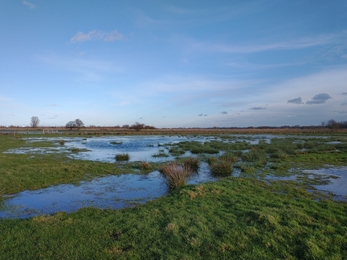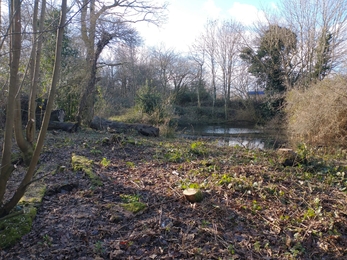I always find myself desperately searching for signs of spring at this time of year, and I'm particularly eager to spot these hopeful signs during this winter lockdown. Plants like primroses, lords and ladies, lesser celandine and snowdrops can now be found, although you'll still be lucky to find one flowering. For me just the splash of vibrant green amongst the leaf litter excites me about the spectacle of colour to come. In a month or so Gunton Meadow nature reserve in the middle of Lowestoft will be carpeted in flowering primroses, one of the earliest flowering plants.
Listening for the sounds of spring can often be the most rewarding, such as the thrill of hearing the first great spotted woodpecker drumming. Male woodpeckers start drumming to define their territories and to attract a mate as early as December. Now in early February you can listen for their distinctive call wherever you take your daily exercise, as these birds can be heard across the landscape, at nature reserves but also in small patches of woodland in towns or cities. The harsh alarm call of the mistle thrush can also be an early sign that spring is on its way, as they can start nesting as soon as February high up in the canopy of woodland. Disturbed mistle thrush make a distinctive rattling alarm call which is often the first thing to alert you to their presence. Mistle thrush are named for their favourite snack, the berries of mistletoe. If visiting Carlton Marshes for your daily exercise look out for both the mistle thrush and mistletoe high in the poplar trees.







